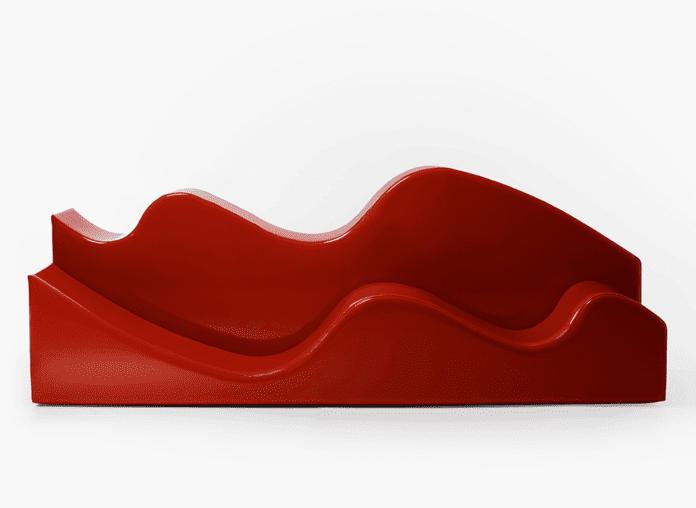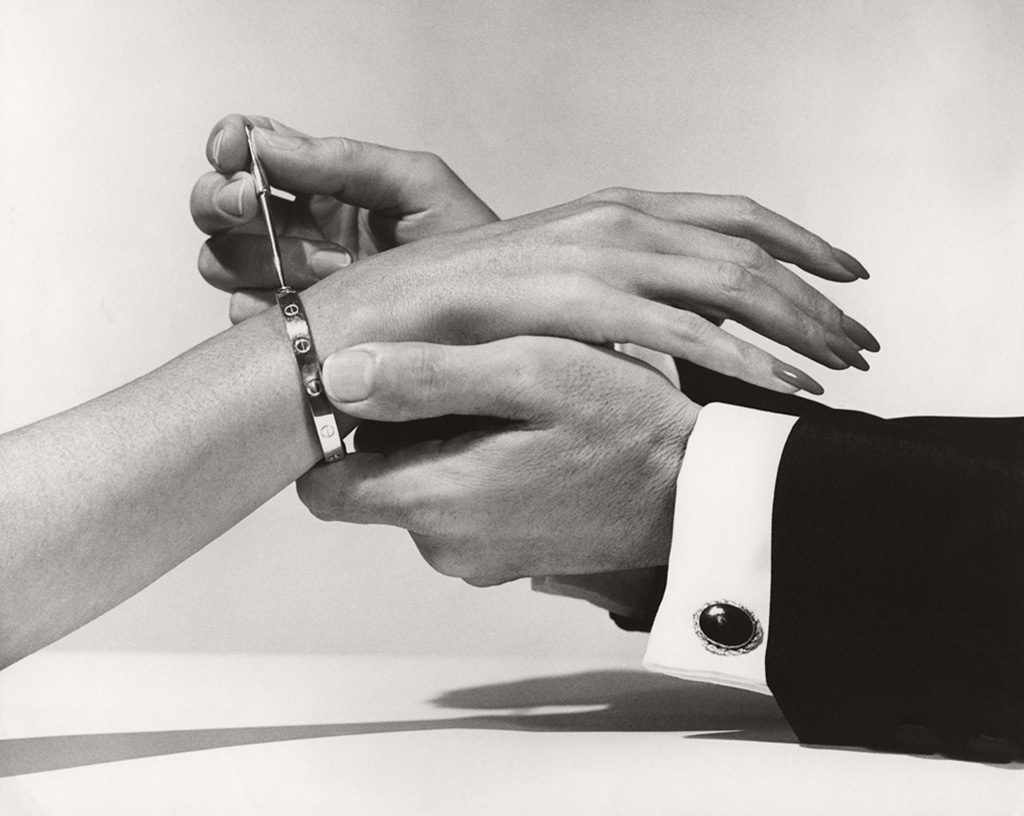Superonda
The Superonda sofa made its debut at the Superarchitecture exhibition in 1966. “Superarchitecture is the architecture of superproduction, superconsumption, superinduction to consumption, the supermarket, the superman and super petrol”. This is how Adolfo Natalini described his choice. Inspired by the sublime emotional spectacle of a Florence wrapped in a cloak of mud, he organised the exhibition at the Jolly gallery in Pistoia. It is no coincidence that it was inaugurated only a month later by the famous Florentine flood.
With the Superonda, its young designers also made their first public appearance. The Archizoom Associati, one of the most influential Florentine student groups of the hot years of Radical design. The Superonda represents the thought of living in freedom and outside the box. Modularity and simplicity set against pop eccentricity.The provocation aimed at bourgeois conventions and the complete autonomy of a product. These are still the elements that make up the iconic Superonda sofa.
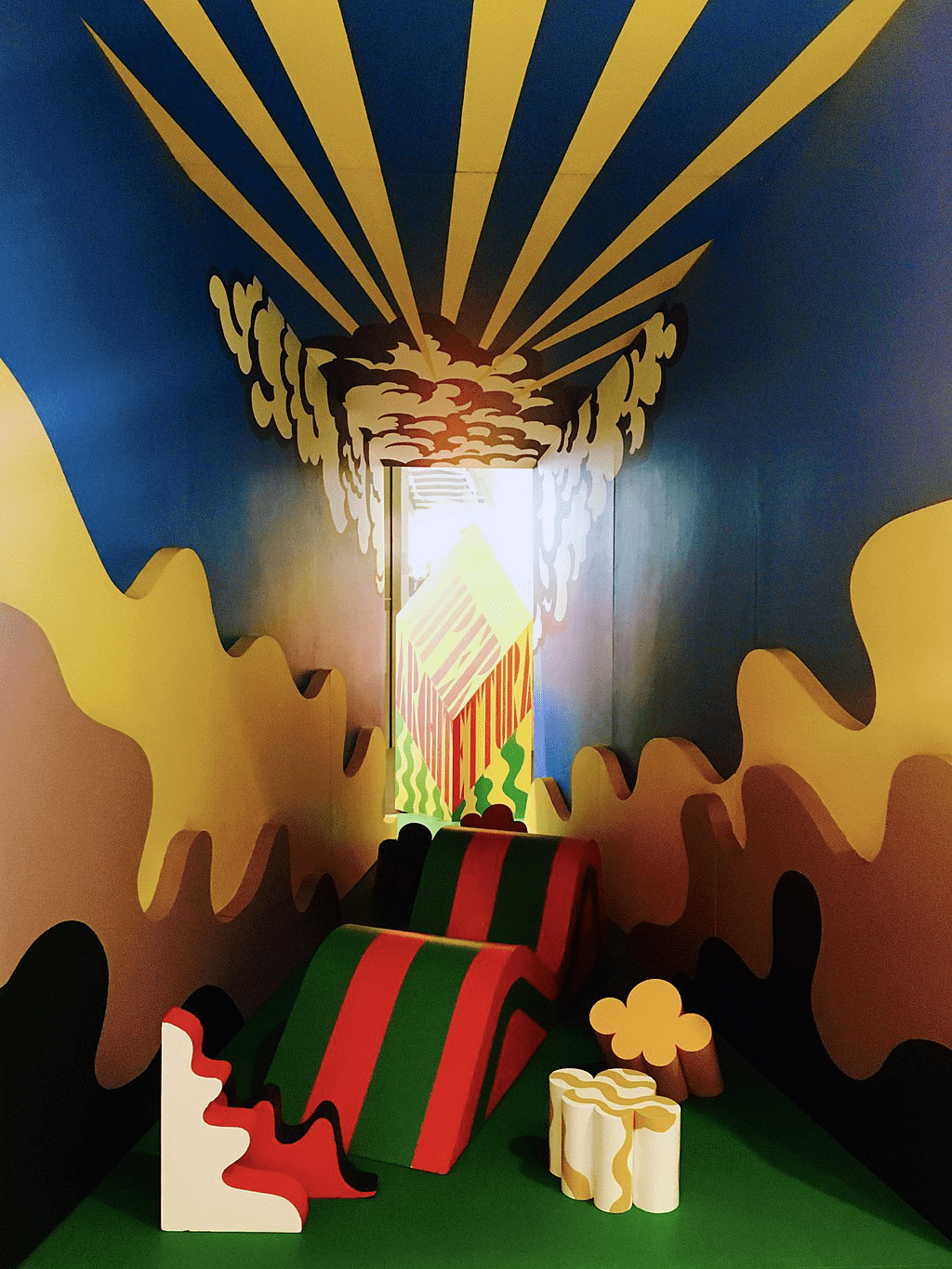
Beginning of the ‘panic-stricken’ project
The approach to the Superonda project , described as capable of ‘throwing panic ‘, began with the aim of proposing a single sofa bed solution that could offer multiple expressions: Chaise longue,table tops and sculptural furniture. For the occasion, Archizoom Associati produced a prototype in lightweight, S-cut plywood. On the inside of the structure, counter-beams appeared to allow the model to support the undulating shape.
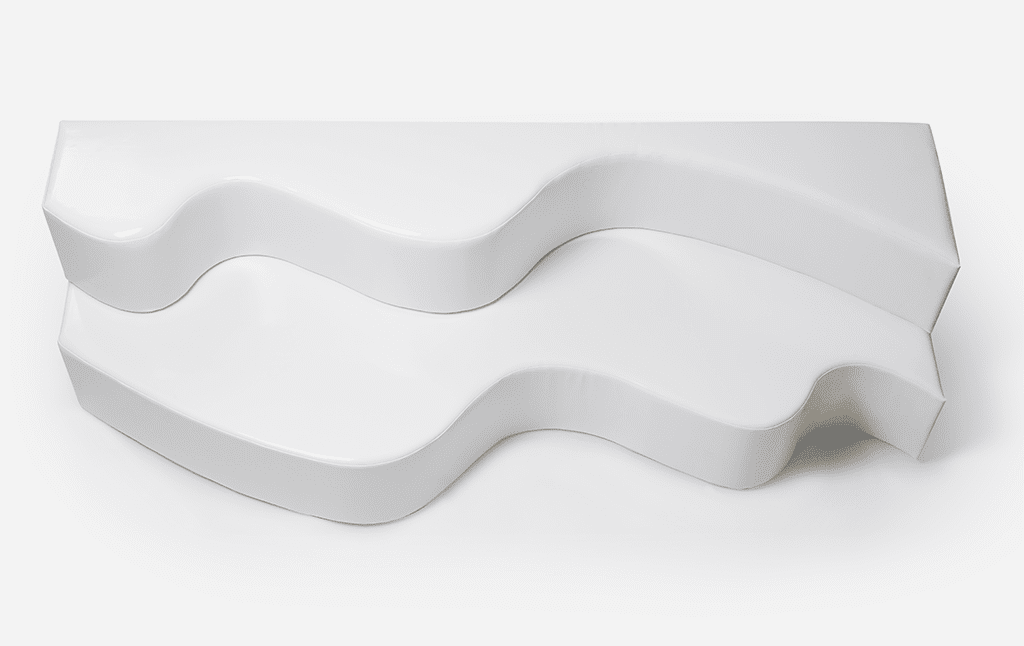
The collaboration with Poltronova
It was in the Jolly gallery that Sergio Camilli, owner of Poltronova, and Ettore Sottsass, his collaborator and art director, noticed the young designers and their proposal. Here began the collaboration between Archizoom Associati and Poltronova. The Superonda was finally put into production. Made of urea foam blocks, it was subsequently S-cut and without the traditional sofa shell . Its Sky upholstery recalled the works of Oldembourg, an artist from whom Archizoom Associati were often inspired.
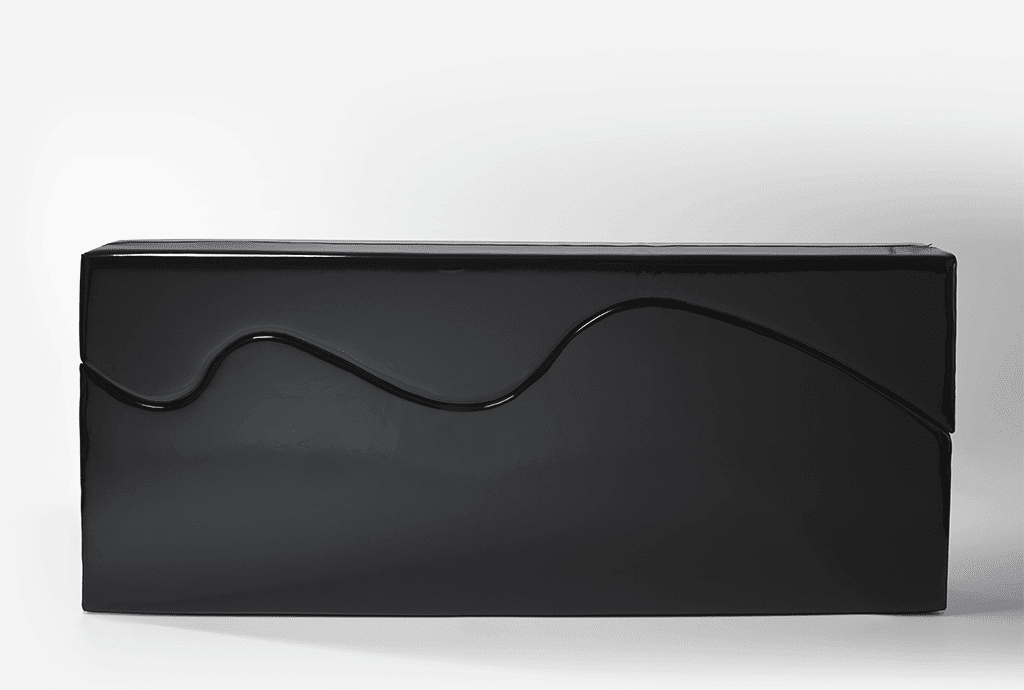
The hot end of the 1960s
At the turn of the 1960s and 1970s, the principles of change triggered by the political, cultural and economic turmoil in society began to manifest themselves. These were the years of consumerism, which saw the end of rural civilisation and the beginning of a desire for independence on the part of young university students. French and Italian universities became the object of protest. The famous ’68 occupations followed, including that of the Faculty of Architecture in Florence. The aim was an action of denunciation of the institutional system aimed at the training of future architects, which was considered bankrupt.
The so-called ‘betrayed sons
It was precisely the latter who were most influenced by the new Italian revolutionary ‘symphony’. The so-called ‘betrayed sons’, as well as young students, began to turn their backs on established rationalism. The cornerstones were the demands for greater political participation and a focus on rights. The path towards a strong feeling of escapism from academic schemes began.
Design anarchy – the entry of Radical Design
It was exactly during these years that Radical Design (also called Anti-design or Counter-design) took its first steps into the design revolution in Florence. The best known exponents of the movement were (precisely) the Archizoom Associati (with Andrea Branzi, Paolo Deganello, Massimo Morozzi and Gilberto Corretti) and Superstudio (with CristianoToraldo di Francia and Adolfo Natalini). Known for their contamination of design with the emerging Pop culture of the United States. Radical Design represented design anarchy, irony and provocation. It addressed the consumer society.
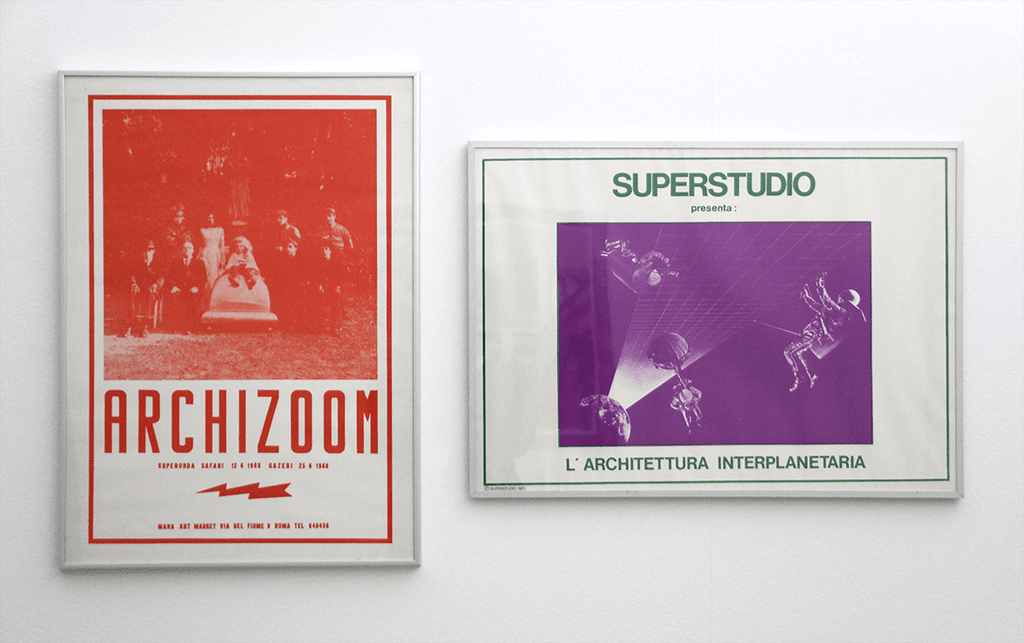
A strongly conceptual movement
Radical Design was a strongly conceptual movement, marked by the innovation of the idea of modernity. Whereas before, modern design moved ‘from the spoon to the city’, now avant-garde groups kept the irreconcilable conflict between architecture and design alive. Products began to make their own way, presenting themselves as independent, eccentric and discontinuous.
Order, systematicity and pure functionality had characterised the Bauhaus years. These were replaced by the idea of impressing through images and aesthetics. The icon of the controversial movement was Ettore Sottsass, who made his radical thinking known with these words: ‘design is a way of discussing life. It is a way of discussing society, politics, eroticism, food and even design’.
Archizoom Associates
The Archizoom Associ ati were formed in Florence in 1966 while studying architecture.The young architects (Paolo Deganello, Massimo Morozzi, Andrea Branzi, Gilberto Corretti and later Dario and Lucia Bartolini), represented a reference figure for Radical Design. Their political orientation aspired to significant social change and a transformation of design into a critical analysis of society.
Their experience
In December 1966, they participated in the Superarchitecture exhibition, in which Superstudio was also present. In 1968, they took part in the XIV Triennale, presenting the Centro di Cospirazione Eclettica project. They also participated in the exhibition Italy: The New Domestic Landscape at the MoMA in New York in 1972. Finally, they attended the founding of Global Tools in 1973. But it was their collaboration with Poltronova in 1966 that brought them real success. They opened the season of the Superonda and Safari sofas in ’66/’67.
At the same time as the experimental study
At the same time as the experimental study of design, the Archizooms devoted themselves to research into the city, mass culture and the environment. The No-Stop City, was a model of global urbanisation. It symbolically represented the decaying conditions of the metropolitan city. Here, design became the design tool for the resolution of quality of life. With this theoretical urban research, Archizoom redesigned many themes of Radical Design. The group disbanded in 1974.
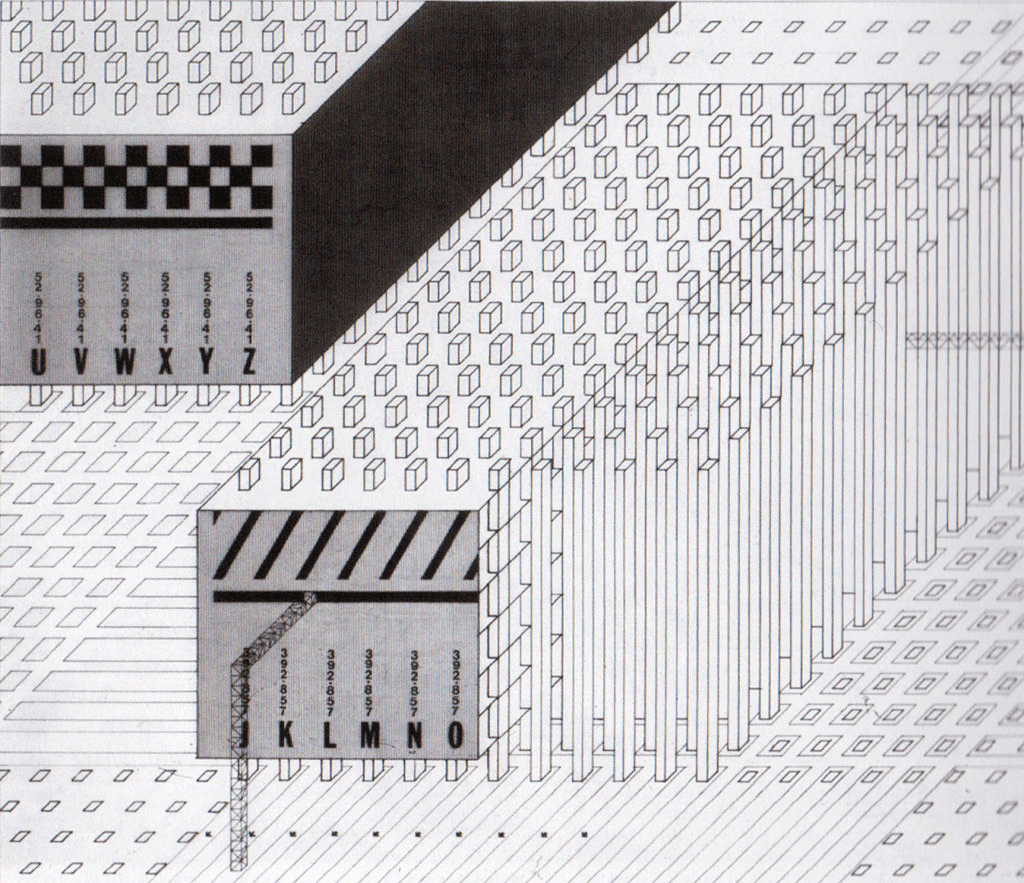
New celebratory clothes for the iconic Superonda
To mark the 50th anniversary, Poltronova asked each member of Archizoom to come up with a new version of the Superonda. The architects had fun redesigning the upholstery of the special sofa.
- Superonda No-Stop by Gilberto Corretti
- Superonda Spots by Paolo Deganello
- Superonda Polka dots by Massimo and Cristina Morozzi
- Superonda Stripes by Andrea Branzi
- Superonda Dressing by Dario Bartolini and Lucia Bartolini
- Superonda Babel Decoded by Dario Bartolini.
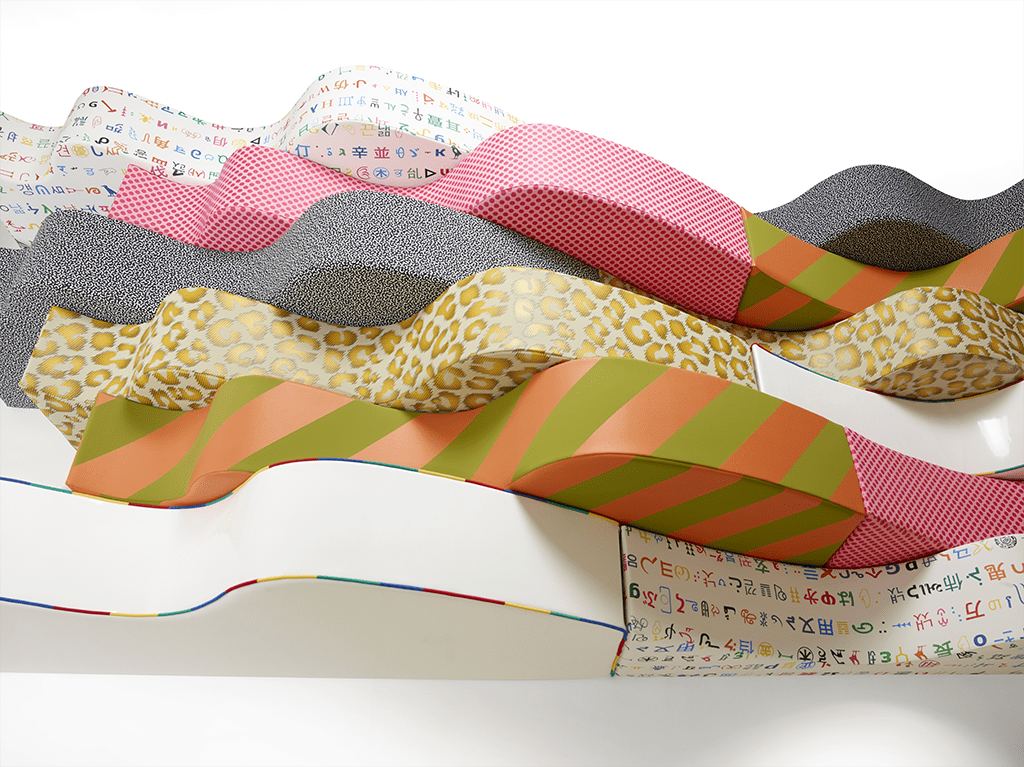
Lissia Dinoia
@Stiledesign. Reproduction reserved
You might also be interested in:


